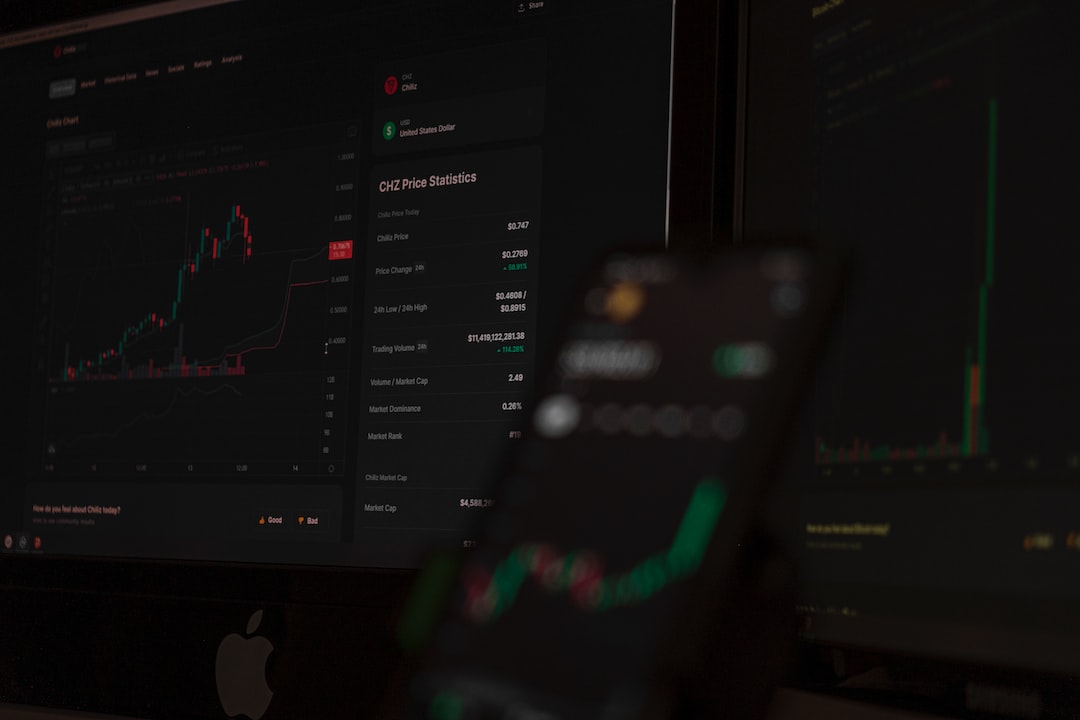Introducing Prophetic: The World’s First Wearable Device for Lucid Dreaming
Have you ever wondered what it would be like to control your dreams? Eric Wollberg and Wesley Berry certainly have. That’s why they co-founded Prophetic, a tech startup that aims to create the world’s first wearable device for stabilizing lucid dreams. This headband-like device, called the “Halo,” uses focused ultrasound signals to help users become aware that they’re dreaming and potentially control their dreams.
Funding and Partnerships
Prophetic has recently secured $1.1 million in funding, with participation from a16z’s Scout Fund and BoxGroup, known for being an early investor in fintech company Plaid. To develop their noninvasive prototype, Prophetic has partnered with Card79, the company behind Elon Musk’s Neuralink hardware.
A Growing Trend in AI Hardware
Prophetic’s venture into wearable technology aligns with a growing trend in the AI industry. Other companies, such as Humane AI and a project involving Jony Ive and Sam Altman, are also exploring AI hardware development. These advancements highlight the increasing interest in devices and wearables that can enhance human experiences through artificial intelligence.
The Road Ahead for Prophetic
While Prophetic plans to showcase a semi-working prototype soon, a fully functional version won’t be available until 2024 at the earliest. The company aims to conduct a yearlong study on brain imaging in collaboration with the Donders Institute for Brain, Cognition and Behaviour before finalizing their product.
Lucid Dreaming: A Fascinating Phenomenon
Lucid dreaming has captivated both the general public and the neuroscience community for decades. Prophetic’s co-founders, Wollberg and Berry, have personal connections to this phenomenon. Wollberg experienced his first lucid dream at a young age and became inspired to explore consciousness further. Berry, on the other hand, has been working with neural networks to analyze EEG data and visualize people’s mental imagery.
Prophetic’s AI Approach
Prophetic plans to use AI algorithms and brain-imaging data from the Donders Institute study to develop their Halo device. By analyzing gamma frequencies associated with deep focus, the company aims to stimulate users’ prefrontal cortexes using focused ultrasounds during dreaming. This approach could potentially enhance working memory and increase the likelihood of lucid dreaming experiences.
Hot Take: Unlocking the Potential of Lucid Dreaming
Prophetic’s ambitious mission to understand consciousness through wearable technology is reminiscent of OpenAI’s groundbreaking work. While there are still challenges ahead, Prophetic believes that their innovative approach using focused ultrasound stimulation sets them apart from previous attempts in the field. As they continue their research and development, Prophetic hopes to unlock the full potential of lucid dreaming and provide users with a unique exploration of their own consciousness.





 By
By
 By
By
 By
By
 By
By
 By
By